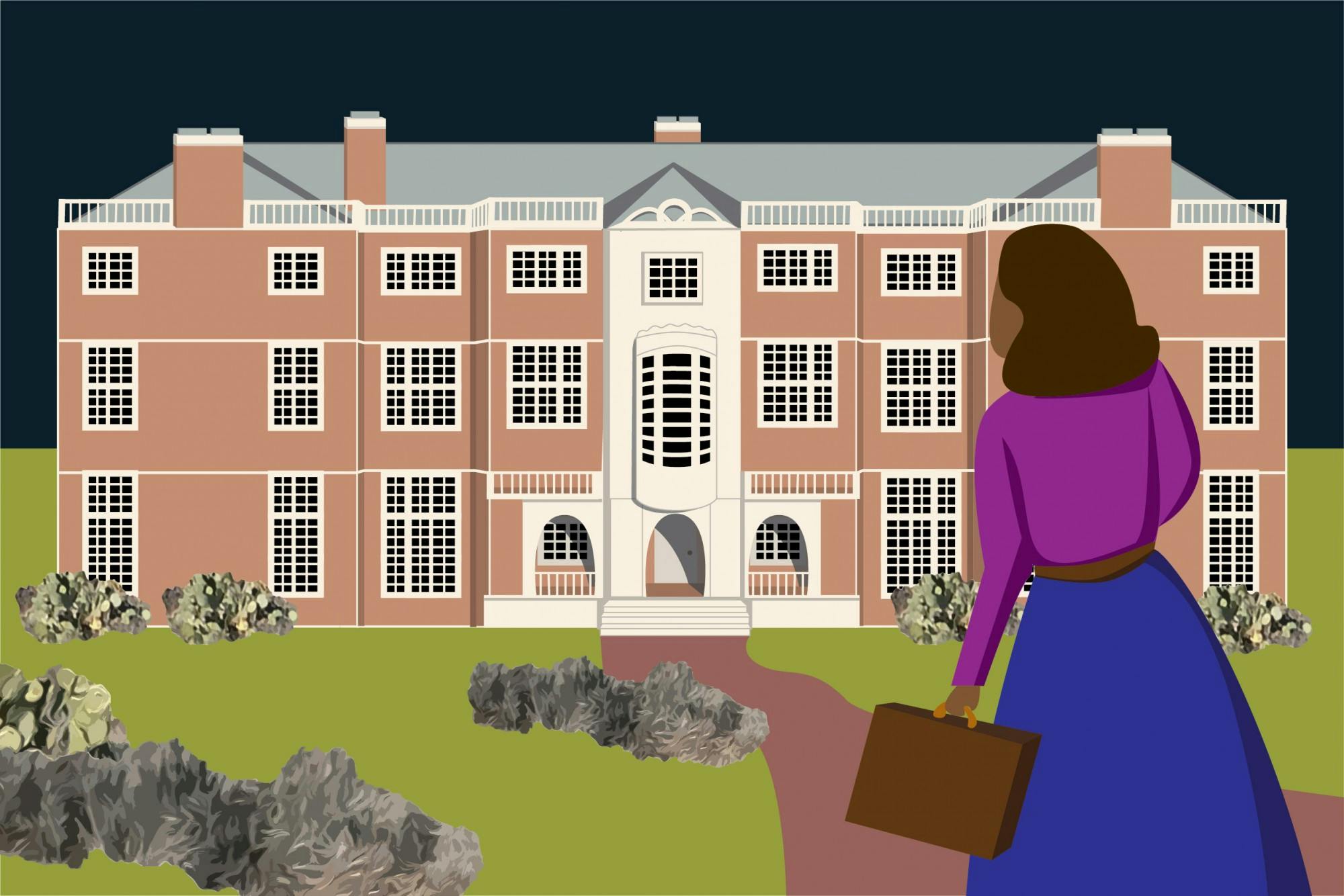Silvia Moreno-Garcia’s New York Times best-seller “Mexican Gothic” is a lush, moody story brimming with horror and mystery. With all the trappings of a Victorian novel, “Mexican Gothic,” which was released in June, calls upon notable doomed heroines in the literary canon, from Ophelia in “Hamlet” to Cathy in “Wuthering Heights,” in order to place readers in its melodramatic prose. “Mexican Gothic” is your favorite Brontë novel, but better.
The novel follows Noemí, an anthropology student and socialite from Mexico City, as she travels to the Mexican countryside to check in on her recently-married cousin. As we arrive with Noemí to the gloomy, decrepit “High Place” — the estate her cousin lives in with her English husband and his morose extended family — we are transported from the lively world of Mexico City into an unsettling fog. It is in that fog that Moreno-Garcia crafts an intricate and disturbing world that is as engrossing as the canon from which she draws inspiration.
Full of red herrings and tragic subplots, “Mexican Gothic” thrilled me from the very start. At a silent dinner during Noemí’s first night at “High Place,” she remarks that if she paid attention, “she would be able to hear everyone’s heart beating.” The living thrum of Moreno-Garcia’s novel rang in my ears, and I too felt like I could hear the heart of every character lurking in its pages.
In the fashion of classic Victorian literature, the past plays its own character in “Mexican Gothic” as the family at “High House” oozes its secrets: a murder-suicide, a once-glorious mine and an ailing ancient patriarch. But the novel energizes literary traditions through its ability to call upon more recent — and therefore more disturbing — references, such as the eugenic literature prized by the patriarch of “High House,” who probes Noemí for an admission of her Indigenous background.
The novel’s awareness of race underlies the narrative in silent but disturbing ways. Noemí is questioned by her cousin’s father-in-law about the color of her skin and what she believes about the supposed hierarchy of race. Moreno-Garcia spends much ink describing the piercing blue eyes and pale skin of the family her cousin married into. Both implicitly and explicitly, “Mexican Gothic” uses race to set Noemí apart from its cast of characters and cultivate an impending sense of danger. Her position as an “other” leads to a creepy exoticization of Noemí as Virgil, her cousin’s husband, looms much too close, and Virgil’s father encroaches upon making sexual advances in his conversations with Noemí. I felt my skin turn to goosebumps as the men of “High Place” slithered into sexual intimidation while gaslighting Noemí. The novel’s deft incorporation of racial and sexual politics into its horror tactics make it both more cutting and pressing than its predecessors.
One element that firmly traces “Mexican Gothic” to Victorian Gothic literature is its use of the supernatural. At one point, Noemí’s cousin Catalina turns to Noemí and cries out that the walls are speaking to her. At night, Noemí suffers from disturbing sexual nightmares about Catalina’s husband and being chained to her bed. She also begins to sleepwalk, an element of the novel that made me increasingly uncomfortable as she wakes up on occasion in the presence of Virgil or nearly falls down the stairs. The novel made me feel the pull of otherworldly forces, even in a time period I don’t as easily associate with magic. And that, of course, is what makes the novel so successful; I am forced to believe that what haunted women in the time of the Brontës can haunt women in a time period I recognize as modernity.
By the novel’s crescendo, the beating heart I could hear was my own. Glimpses of the world outside of “High Place” had my internal monologue screaming for Noemí to leave as fast as possible. Moreno-Garcia has created a novel that, while small in scope of setting and story, has a vast underworld that bristles under endless days of silent dinners and foggy walks through the cemetery. Moreno-Garcia employs the Victorian magnification of home life, but in a way that feels less domestic and more dynamic than ever before.
One morning after waking up from a nightmare, Noemí recalls a musing by psychiatrist Carl Jung: “Everyone carries a shadow.” Nothing is more true for “Mexican Gothic,” which exists within the shadow of the Victorian Gothic tradition. Ever aware of that shadow, the novel consciously employs all that is compelling and delicious about domestic horror, while being more relatable, more urgent and more aware of the world.


